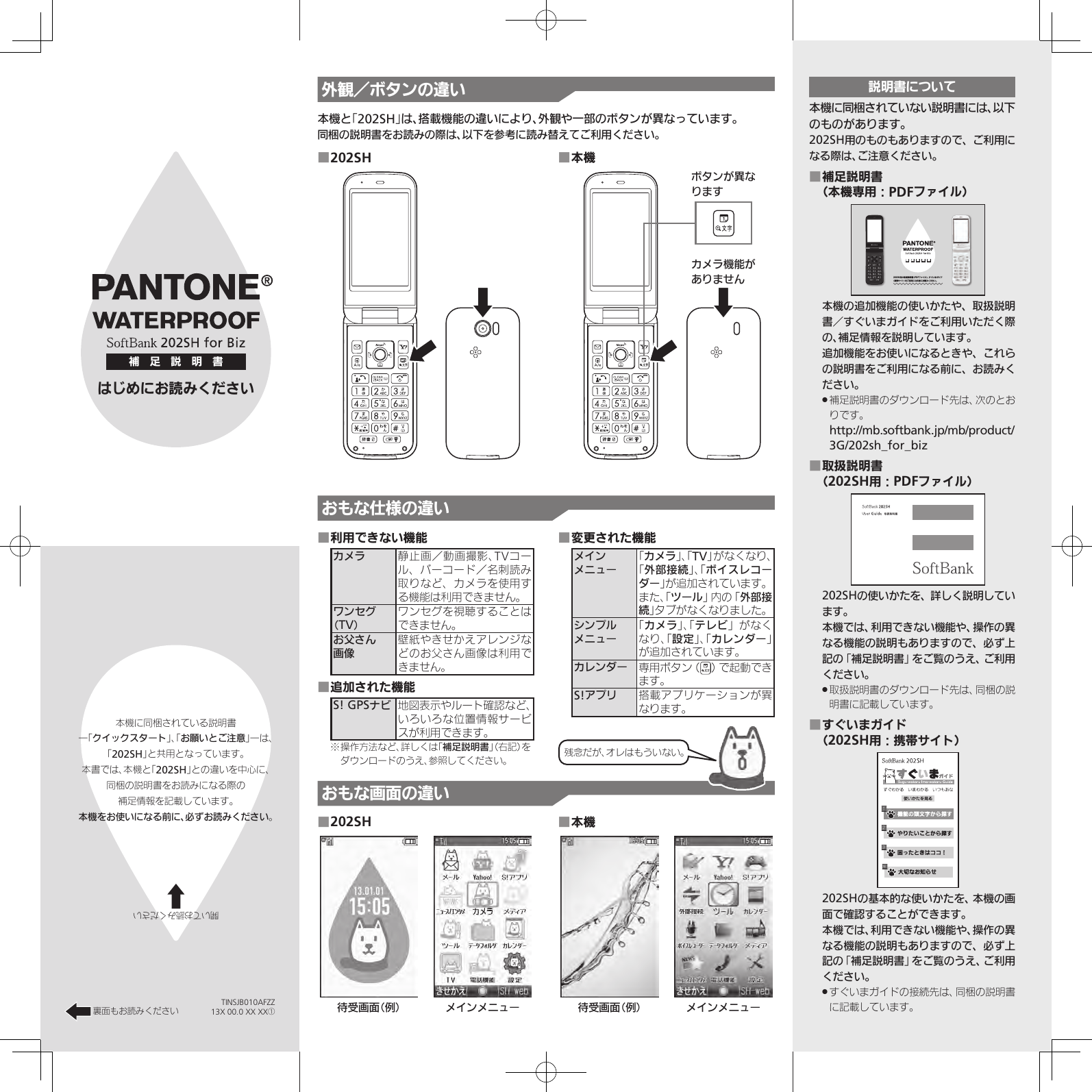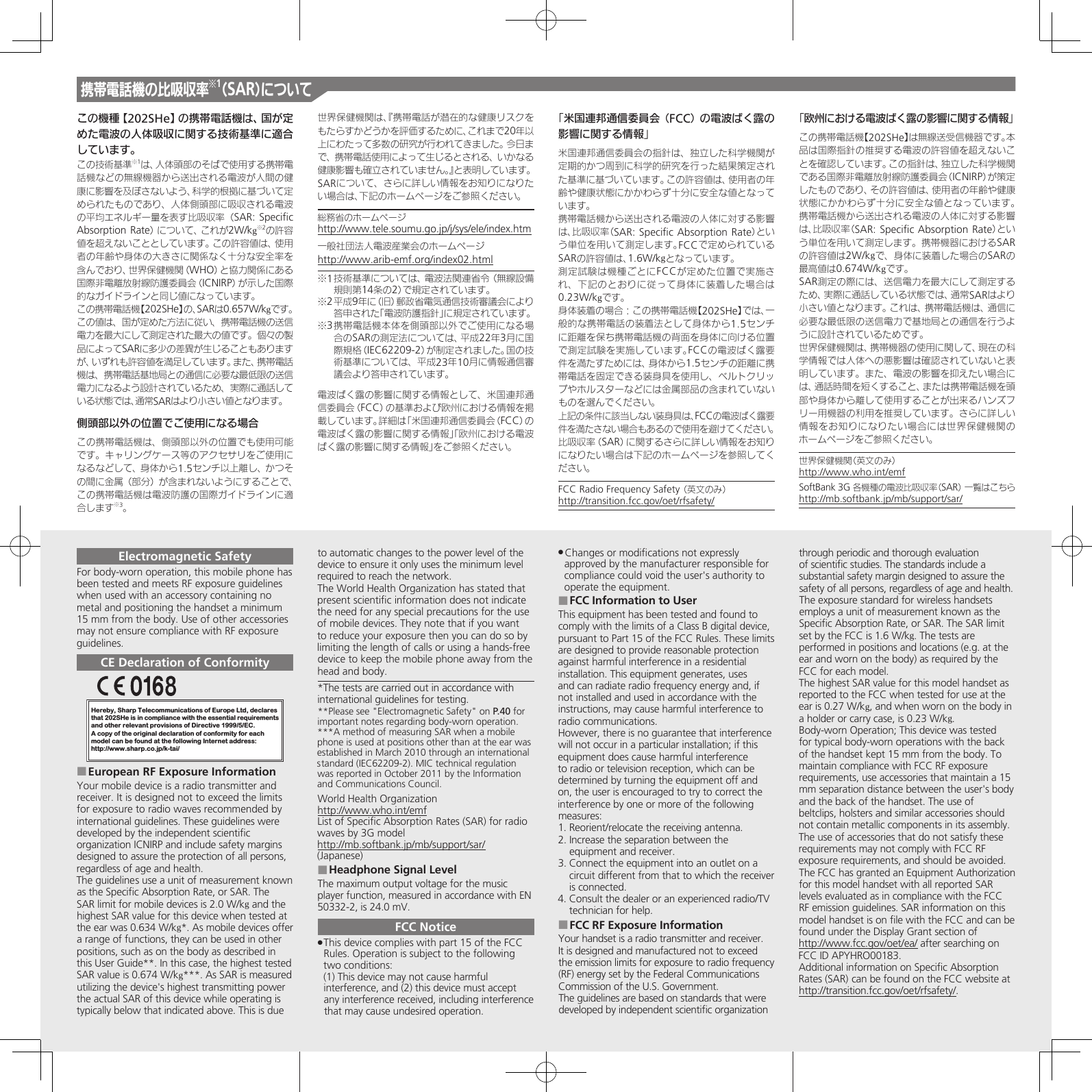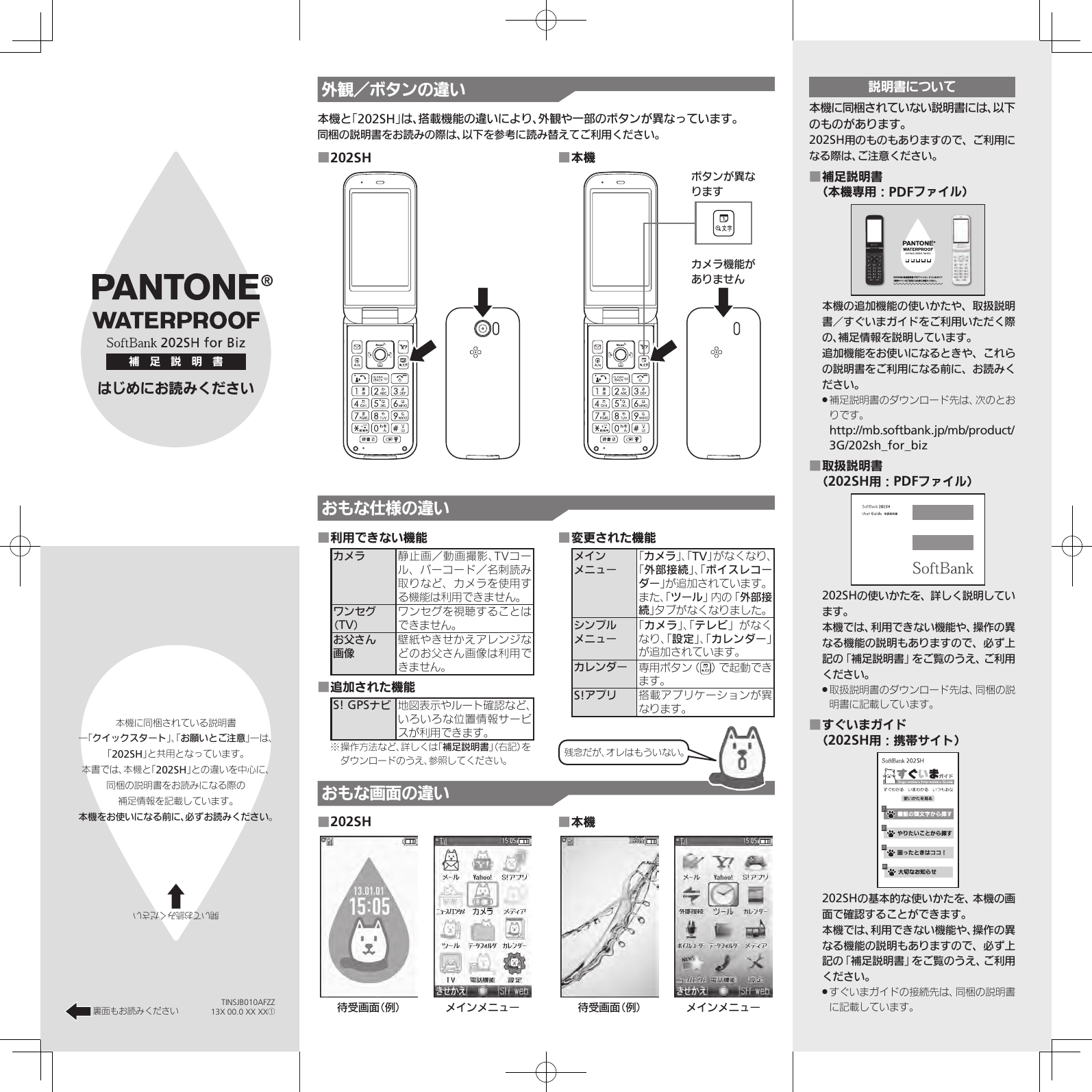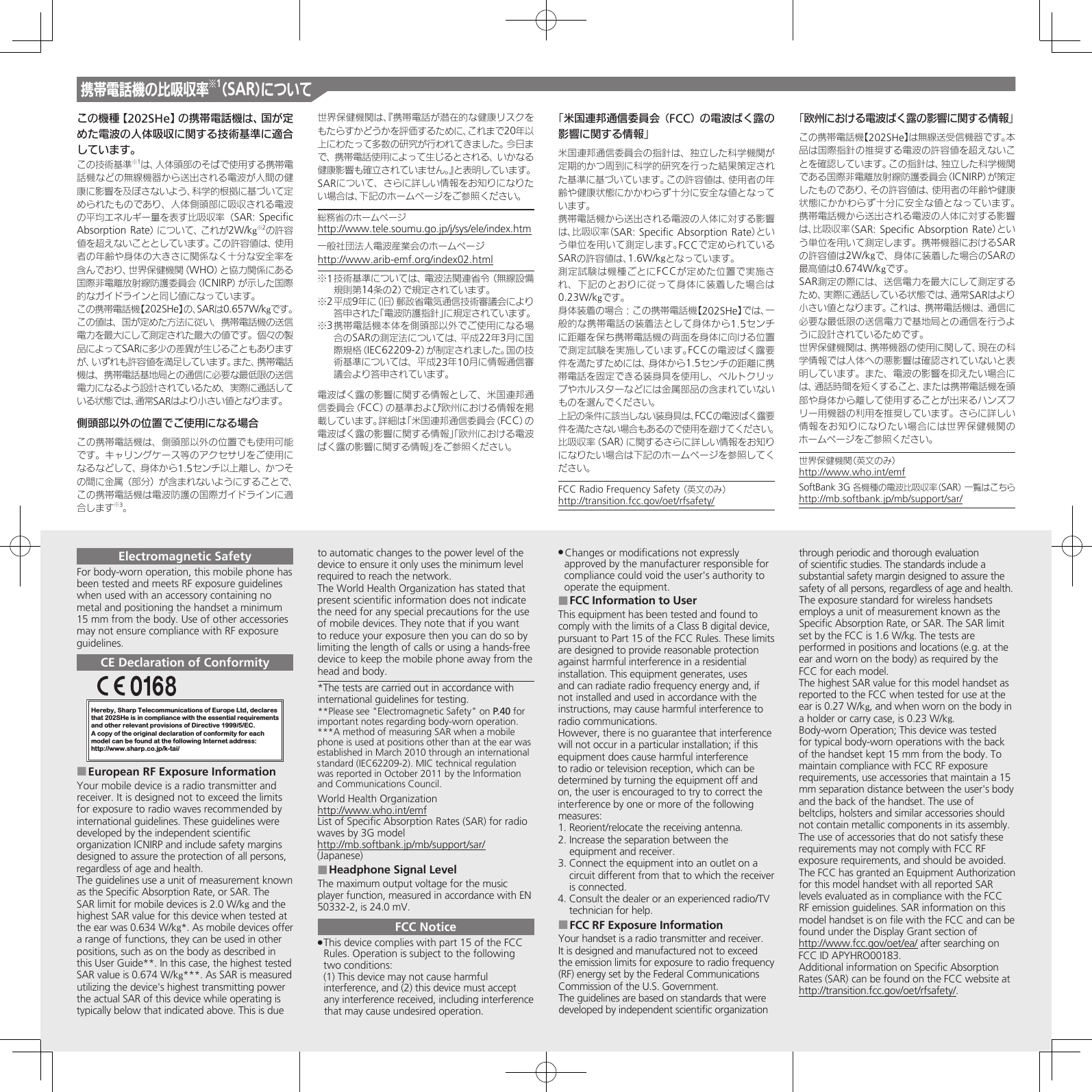Sharp HRO00183 Cellular Phone User Manual supplementary guide
Sharp Corporation Cellular Phone supplementary guide
Sharp >
Contents
- 1. user manual
- 2. supplementary guide
- 3. supplementary guide
supplementary guide


supplementary guide

